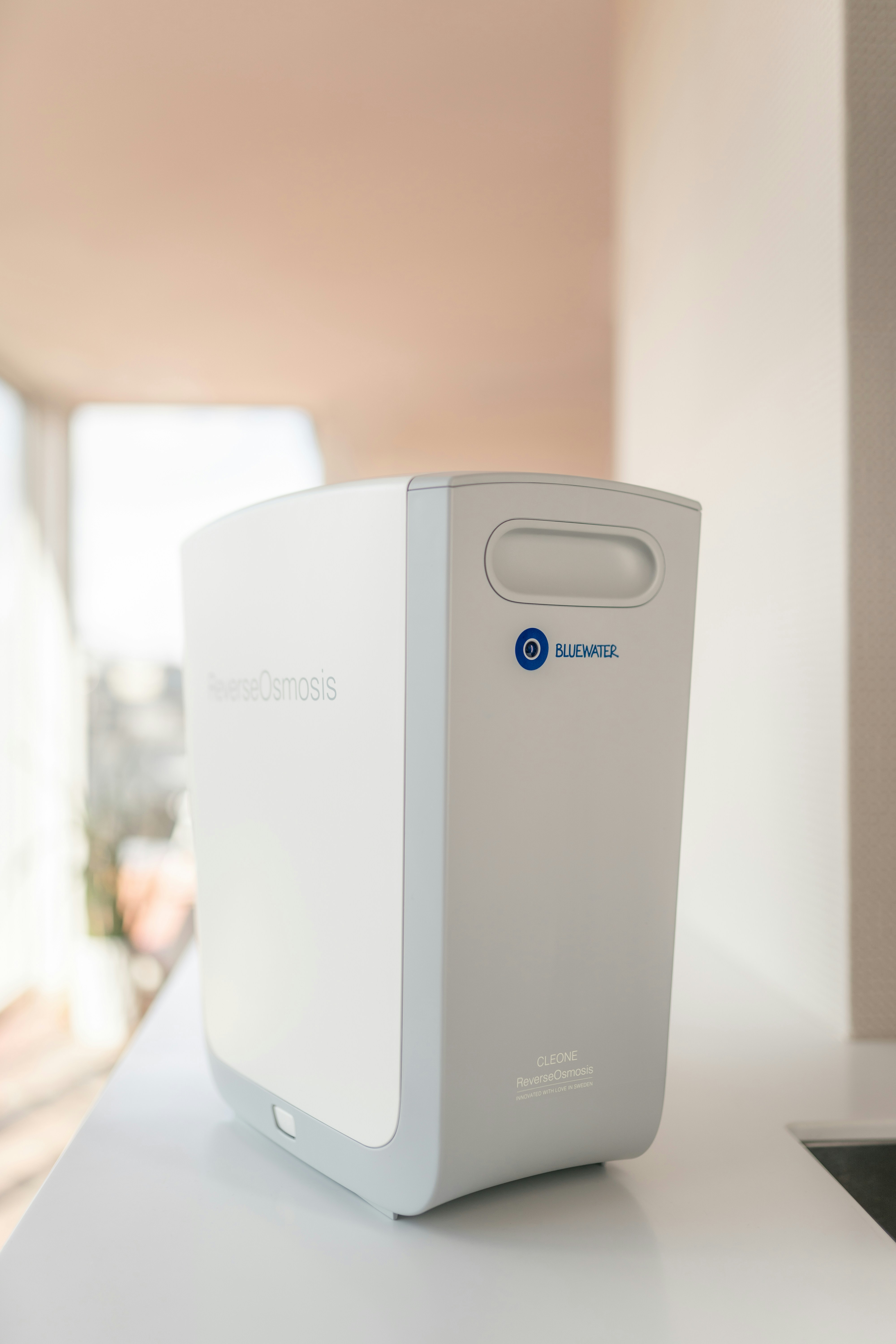Understanding the Current Water Quality in Indianapolis
As of 2023, the quality of municipal water in Indianapolis has raised significant concerns among residents and local authorities alike. The primary sources of drinking water for the city come from the White River and groundwater sources, which are subject to various contaminants. Reports from the Indianapolis Water Utility indicate that aging infrastructure poses a notable risk, as dated pipes may contribute to lead contamination, which affects public health. The Environmental Protection Agency (EPA) outlines regulatory standards, yet violations in certain areas have prompted worries regarding the safety and potability of the water supplied to households.
Contaminants such as bacteria, nitrates, and heavy metals have been documented in water quality assessments, with fluctuating levels depending on regional rainfall and runoff. The presence of pesticides and other chemicals from agricultural runoff also remains a persistent challenge. Additionally, the issue of combined sewer overflows during heavy rainfall can lead to untreated wastewater entering local water bodies, further complicating the problem of clean water access in Indianapolis.
Feedback from residents underscores perceptions of taste, odor, and overall quality issues, with many expressing a lack of trust in the safety of the tap water. Local advocacy groups have emerged, calling for improvements to the water filtration systems and greater transparency in reporting water quality data. Regular communication from municipal authorities regarding the steps being taken to address these issues is essential for fostering confidence in the community.
In light of these factors, it becomes imperative to investigate the effectiveness of prospective water filtration systems that can tackle the specific needs of Indianapolis’ water supply in 2025. The assessment of existing water quality not only highlights the immediate challenges but also sets the stage for selecting appropriate filtration technologies that will ensure clean and safe drinking water for residents.
Types of Water Filtration Systems: A Comprehensive Comparison
Water filtration systems play a crucial role in ensuring the safety and quality of drinking water, particularly in urban areas like Indianapolis. Among the multitude of options available, several types stand out for their effectiveness in removing common contaminants found in city water supplies. This section will delve into three predominant filtration methods: activated carbon filters, reverse osmosis systems, and ultraviolet (UV) purifiers, assessing their strengths and weaknesses.
Activated carbon filters are widely utilized for their ability to reduce chlorine, sediment, and volatile organic compounds (VOCs). They work by adsorbing impurities, improving the taste and odor of water. These systems are typically easy to install and maintain, with replacement cartridges generally available in most home improvement stores. However, their limitation lies in their inability to remove minerals and certain heavy metals effectively.
On the other hand, reverse osmosis (RO) systems are renowned for their comprehensive filtration capabilities. By using a semipermeable membrane, they can eliminate a wide array of contaminants, including lead, nitrates, and fluoride. Although RO systems require more complex installation and periodic maintenance, they offer a robust solution for households seeking high-quality drinking water. The downside can be water wastage during the filtration process and higher initial costs.
Lastly, UV purifiers utilize ultraviolet light to inactivate bacteria, viruses, and other pathogens effectively. These systems are efficient and chemical-free, making them an appealing choice for households concerned about biological contaminants. However, it is vital to note that UV systems do not remove chemical pollutants; thus, they are often best used in conjunction with other filtration methods. Additionally, ongoing maintenance is needed to ensure the UV lamp functions optimally.
When considering a water filtration system for Indianapolis in 2025, it is essential to weigh installation requirements, maintenance, upfront costs, and long-term value. By evaluating these systems’ capabilities, homeowners can make informed choices that align with their specific water quality needs and budget considerations.
Future Water Needs: Trends and Projections for 2025
As we look towards 2025, it is imperative to consider the evolving water quality needs of Indianapolis residents, influenced by several factors. The city’s population is expected to grow, leading to increased demand for clean and safe drinking water. This projected growth places additional strain on existing water supply systems, necessitating an assessment of how these systems can be improved and adapted to meet the community’s future requirements.
Alongside population dynamics, changes in environmental regulations will also play a pivotal role in shaping the future of water filtration in Indianapolis. The local authorities may impose stricter guidelines regarding contaminants and water safety standards, aiming to protect public health. The emergence of new pollutants, specifically emerging contaminants such as pharmaceuticals and microplastics, poses significant challenges. These compounds often elude traditional filtration systems, prompting a call for innovative technologies that can effectively remove such impurities.
Moreover, the impacts of climate change cannot be overlooked when examining future water needs. Variability in precipitation patterns can lead to fluctuations in water availability, further complicating supply management. Droughts may become more frequent, consequently affecting the quality of water sources. The risks associated with extreme weather events necessitate the integration of resilient water filtration solutions capable of adapting to changing conditions.
Experts forecast that advancements in filtration technology will emerge to meet these challenges. Techniques such as reverse osmosis, advanced oxidation processes, and the use of nanotechnology are anticipated to gain traction as they offer viable solutions for ensuring water safety. As Indianapolis prepares for the years ahead, residents must remain proactive in understanding their water quality, possibly incorporating home filtration systems and staying informed about local water management initiatives. These steps are vital for safeguarding community health and ensuring a sustainable water future.
Recommendations for Indianapolis Residents: Choosing the Right Water Filtration System
For residents of Indianapolis contemplating the selection of a water filtration system, it is essential to adopt a personalized approach based on individual circumstances and specific water quality concerns. The first step in this process involves assessing household size and water usage patterns. Larger households tend to consume more water, which can necessitate systems with greater capacity or flow rates to ensure adequate supply. Conversely, smaller households may benefit from point-of-use systems that are more economical.
Residents should also consider specific water quality issues pertinent to their locality. Conducting a water quality test can provide valuable insights into contaminants in the water supply. Depending on the results, different filtration methods may be recommended. For instance, if lead or chlorine levels are a primary concern, a system that utilizes activated carbon filters or reverse osmosis may be warranted. Alternatively, a UV purification system could be effective against biological contaminants.
Key features to consider include the system’s filtration capability, maintenance requirements, and certification by relevant authorities. Look for filters that are certified to remove specific contaminants deemed problematic in the Indianapolis area. The ease of installation and the cost of replacement cartridges are also essential factors to keep in mind.
Moreover, residents are encouraged to utilize online resources and local government websites to stay informed about any updates on water quality issues in their neighborhoods. Joining community forums or attending local workshops can further enrich understanding and provide insights into which systems are working best for others. By taking these steps, Indianapolis residents can make informed decisions that prioritize health and safety while also being mindful of their unique water filtration needs.
If you’re interested in purchasing the item you seek, please click the link for additional details: #americanachoice.
https://amzn.to/3SBN3Oy
AFFILIATE DISCLOSURE: I am an affiliate for this company, I am not a paid employee.
I may receive a commission if you click a link on this page and choose to purchase something.
You can rest assured I will only share things I believe in and will be valuable to you.



